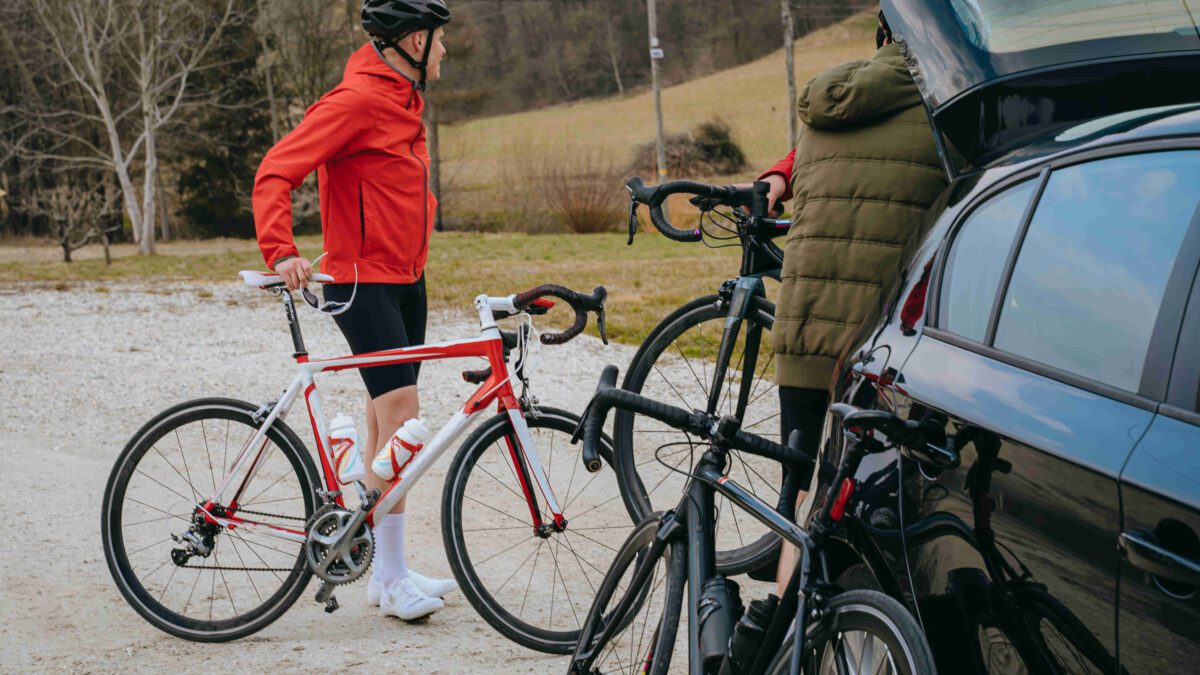You just realized it’s almost March and racing is soon…can you cram to get fast, quick?
Coach Peter Glassford spells out what is achievable, and how to do it
 Photo by:
Getty Images
Photo by:
Getty Images
Remember in October when you said you were going to be “even faster” next year? Well next year is here. When there’s lots of snow on the ground. Sometimes it’s hard to believe that in a few months there will be local racing. Maybe you haven’t got as many miles as you’d have hoped this winter, or maybe you didn’t get as much speedwork on the trainer. So now what?
Peter Glassford of Consummate Athlete says this is a pretty common feeling for lots of riders in Canada. So just like in highschool when you forgot that you had a history exam the next day, can you pull an all-nighter and get ready?
Stop worrying and get riding
“There is no major way to cram for an event aside from getting moving again. If you haven’t been riding, get riding. If you haven’t been riding often, ride more often. If you haven’t been riding long once a week, start riding long once a week,” Glassford says. “Intervals are great but for many people are not required until they are riding frequently and adding a bit of volume into the mix. Adding intervals too early and/or too often will generally make for inconsistent training where riders train too hard and then don’t ride at all for weeks or months on end.”
Intensity as racing draws nearer
As you get closer to your first race, it’s good to focus on specifics.
“While frequency and volume are the first two training variables to focus on, it is wise in the 1-2 weeks before a race to include a bit of intensity whether that is a group ride or interval session. Ideally this is done on your race bike on similar terrain so that you are experiencing race-like situations before race day,” Coach Glassford explains. “A gravel racer would ride gravel, a mountain biker would mountain bike. Thinking about these other aspects of racing can often make the day go smoother and even make up for much of the losses in fitness you might be facing.
Think big picture about your upcoming races
Glassford says that it’s important to map out the year and create feasible goals, as well.
“Take this feeling of urgency and the motivation that time pressure provides and map out a season or two. Look beyond this ‘urgent spring race’ and think about how this April race can provide experience and fitness you can carry into future races and a consistent year of training. Make sure you plan out busy periods for your work and your family and plan your races and training accordingly. Planning for success by not racing or training excessively at inconvenient (or impossible) times of your year is one of the most overlooked ways that adult cyclists can make gains and avoid frustration.”
